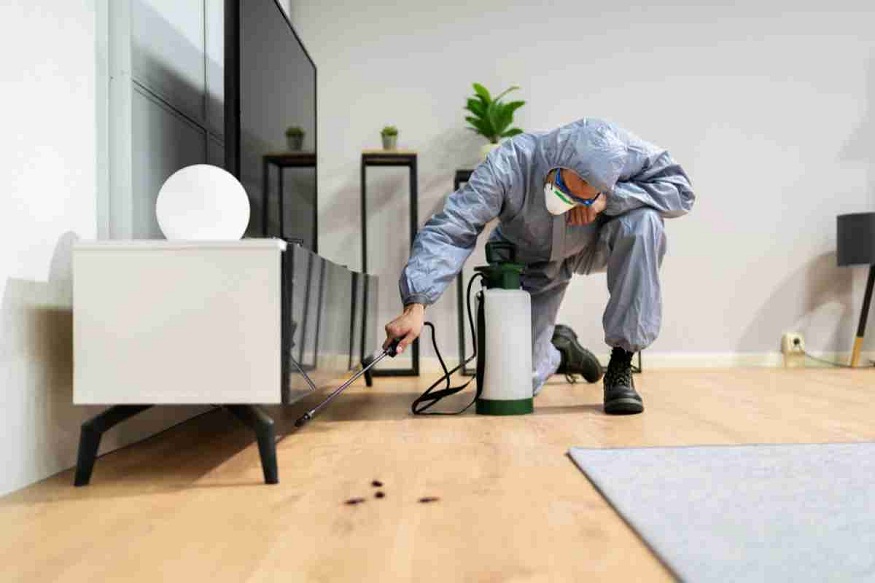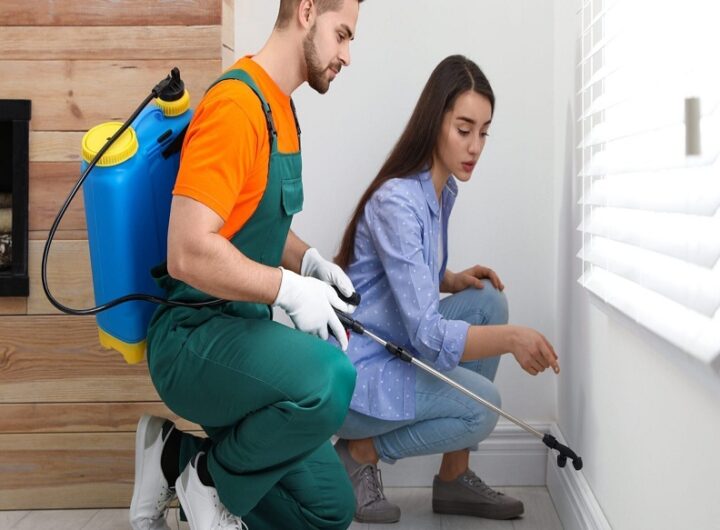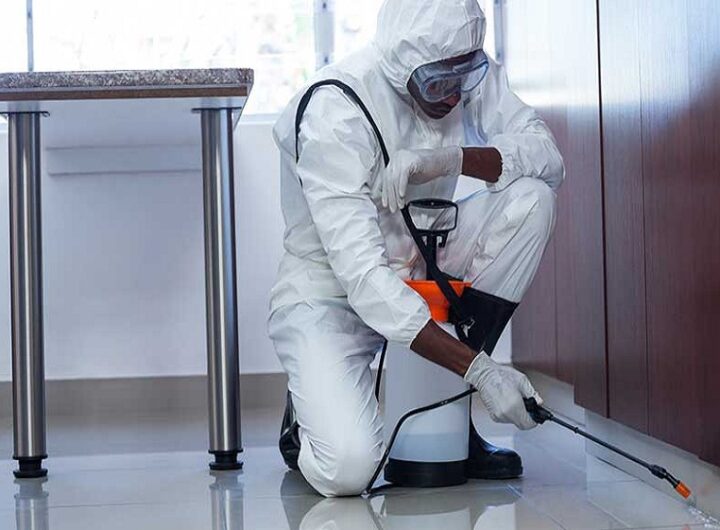
Preparing your home for pest treatment often feels overwhelming and chaotic. Many homeowners panic about moving furniture, protecting belongings, and ensuring family safety during the process. The stress of preparation can be just as frustrating as dealing with the original pest problem itself.
The fear of doing something wrong during preparation adds another layer of anxiety. Homeowners worry they might interfere with treatment effectiveness or accidentally create safety hazards. Many feel uncertain about which items need protection and which areas require special attention.
The good news is that proper preparation does not have to be stressful or complicated when you know the right steps to take. Professional pest control experts can provide detailed preparation instructions tailored to your specific treatment type and guide you through the process to ensure both safety and effectiveness. You can also Go here for more details.
How to Prepare Your Home Before Pest Control?
1. Check Kitchen and Food Storage Areas
Warm up in the kitchen, the busiest room of them all. Clear all food from the cabinets, pantry, and counters. Keep opened packages in sealed plastic containers, or move them to areas that won’t be treated. That includes pet food, which is easy to overlook when you’re cooking.
Scrub down everything with soap and water at least a day before treatment. Wipe counters, clean insides of cabinets, and sweep floors to get rid of crumbs and food particles. Empty and clean the drip tray on your refrigerator and move small appliances away from the walls. These measures enable technicians to reach and treat all possible places that pests may find refuge while also keeping your food safe from hazardous contamination.
Do not overlook less apparent food storage spots such as garage pantries, basement storage rooms, or utility closets where you may be stashing snacks or emergency kits. These spaces are magnets for pests, and are just like your main kitchen, they require meticulous preparation.
2. Living Areas and Bedrooms
Remove toys, clothes, and articles from the floor so that technicians have clear access to the baseboards and corners where bugs usually scamper through. Pull furniture away from the walls, especially beds, couches, and dressers. You don’t have to direct all the furniture towards the center of the room, but clear out enough so the treatment can be spread properly.
Washable items like stuffed animals, decorative pillows, and fragile fabrics that cannot be cleaned easily should be removed or covered. Then put these items in tightly sealed plastic bags or take them to an area that has not been treated. This guard keeps product build-up from building up on fabrics that so directly touch skin.
3. Bathrooms and Utility Areas
Take personal care items off bathroom counters and out of medicine cabinets. Put all your toothbrushes, razors, and other items that touch your body in sealed containers or temporarily move them out of the room. Disinfect and wipe down all surfaces and remove shower mats, shower curtains, and towels that could potentially get in the way of treatment.
In utility spaces like laundry rooms and basements, clear clutter from floors and push stored items well away from walls. Pests like to nest behind water heaters, washing machines, and storage boxes in these locations. When you can make it easy to get to the bottom, you’ll be able to treat well and eliminate the hiding places of any unlucky survivors.
Examine for leaking pipes or standing water, which will attract a variety of pests. Meaning, repair any minor leaks weeks before treatment day to avoid creating a condition that could compromise treatment efficacy.
Pet and Child Safety Preparations
Provide temporary housing for animals during the treatment of the application process and any waiting period. Pets should stay out of treated spaces for at least 2-4 hours per the pest control industry tradition/standards. They can then return after any sort of poisons have dried and rendered harmless. The time interval between treatments and ventilation is much more fluctuating, depending on treatment modality and ventilatory settings.
Also, take children’s toys out of treatment areas and keep them in airtight containers. Special care should be given to things that will be put in the mouth, such as pacifiers, bottles, and teething toys.
Tell the pest control company if you have any relatives with allergies, asthma, or chemical sensitivities. They can change the mode of application or recommend alternative treatment protocols that are equally effective but that expose people to health risks.

 Myths about Pest Control Services in Clermont: You Need the Experts!
Myths about Pest Control Services in Clermont: You Need the Experts!  Why Do Some Rockville Homes Keep Getting Pests Again and Again?
Why Do Some Rockville Homes Keep Getting Pests Again and Again?  Typical Red Flags When Hiring Pest Control in Indianapolis
Typical Red Flags When Hiring Pest Control in Indianapolis  What Is the Best Mosquito Solution for Your Horizon West Home?
What Is the Best Mosquito Solution for Your Horizon West Home?  What Are the Damages Caused by Termites? Here’s What You Need to Know
What Are the Damages Caused by Termites? Here’s What You Need to Know  A Look at Residential Pest Control Services in Buffalo Grove
A Look at Residential Pest Control Services in Buffalo Grove  A Log Cabin State of Mind
A Log Cabin State of Mind  Financing Your Dream Home: An Introduction to Construction Loans
Financing Your Dream Home: An Introduction to Construction Loans  Reasons to Consider a Concrete Patio for Your Outdoor Space
Reasons to Consider a Concrete Patio for Your Outdoor Space